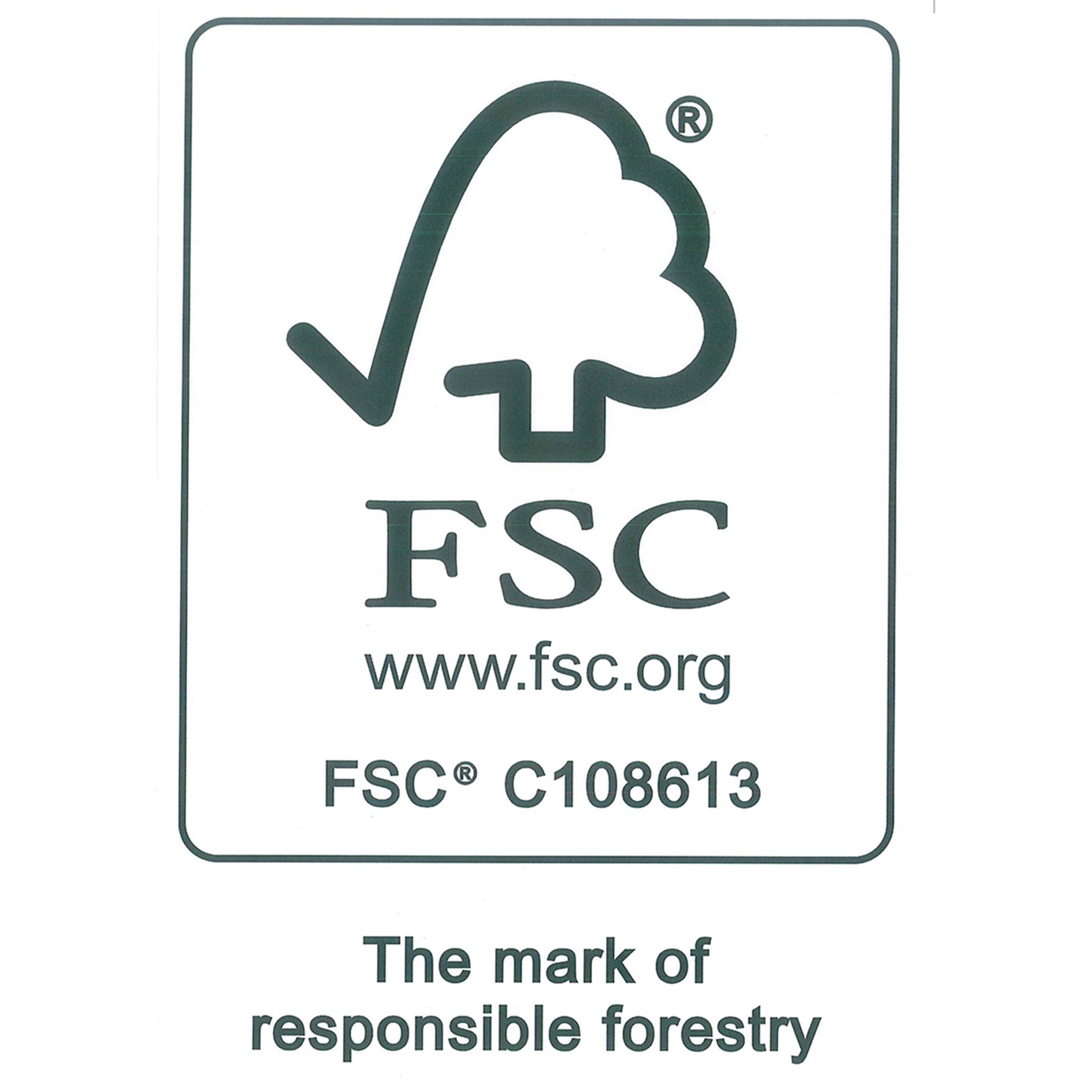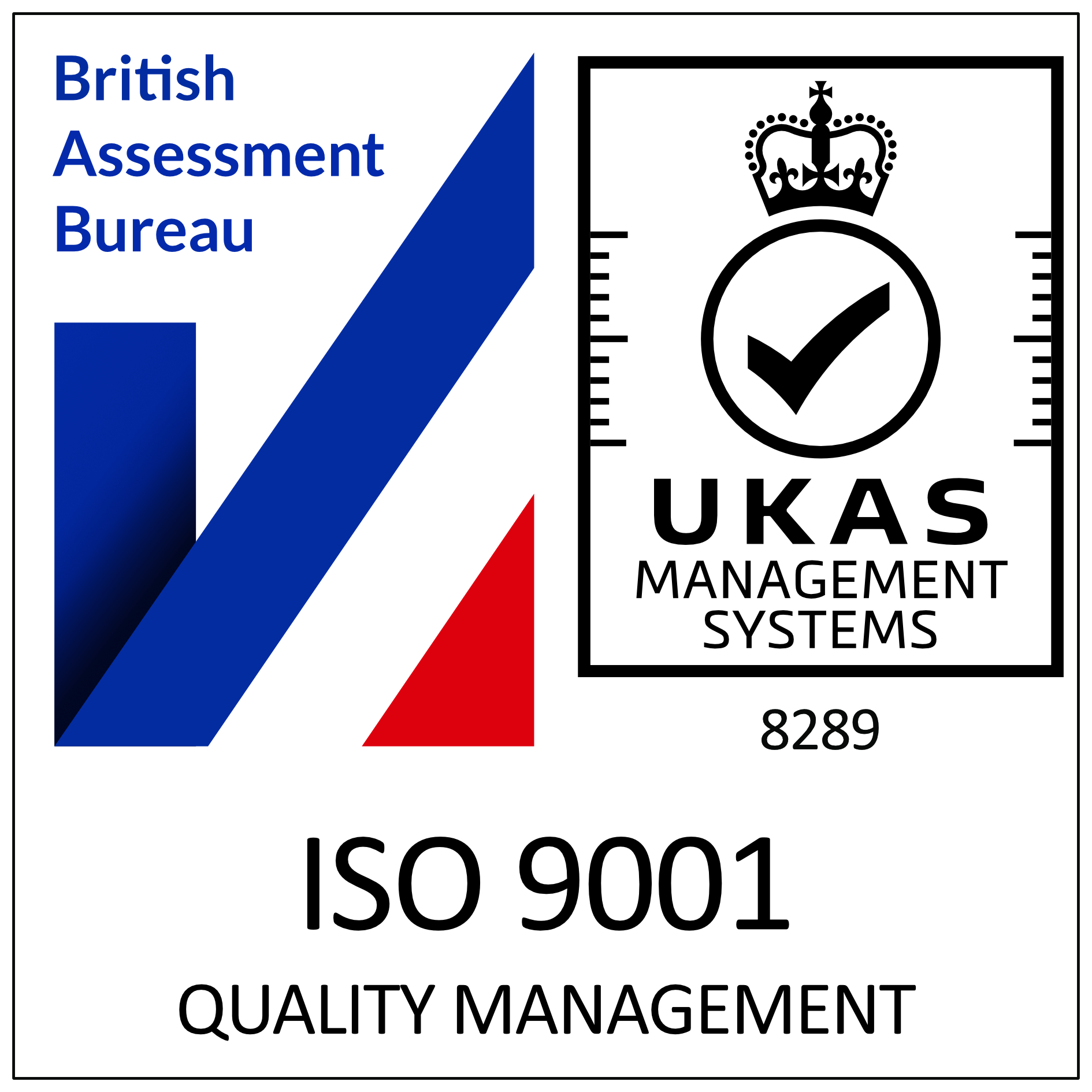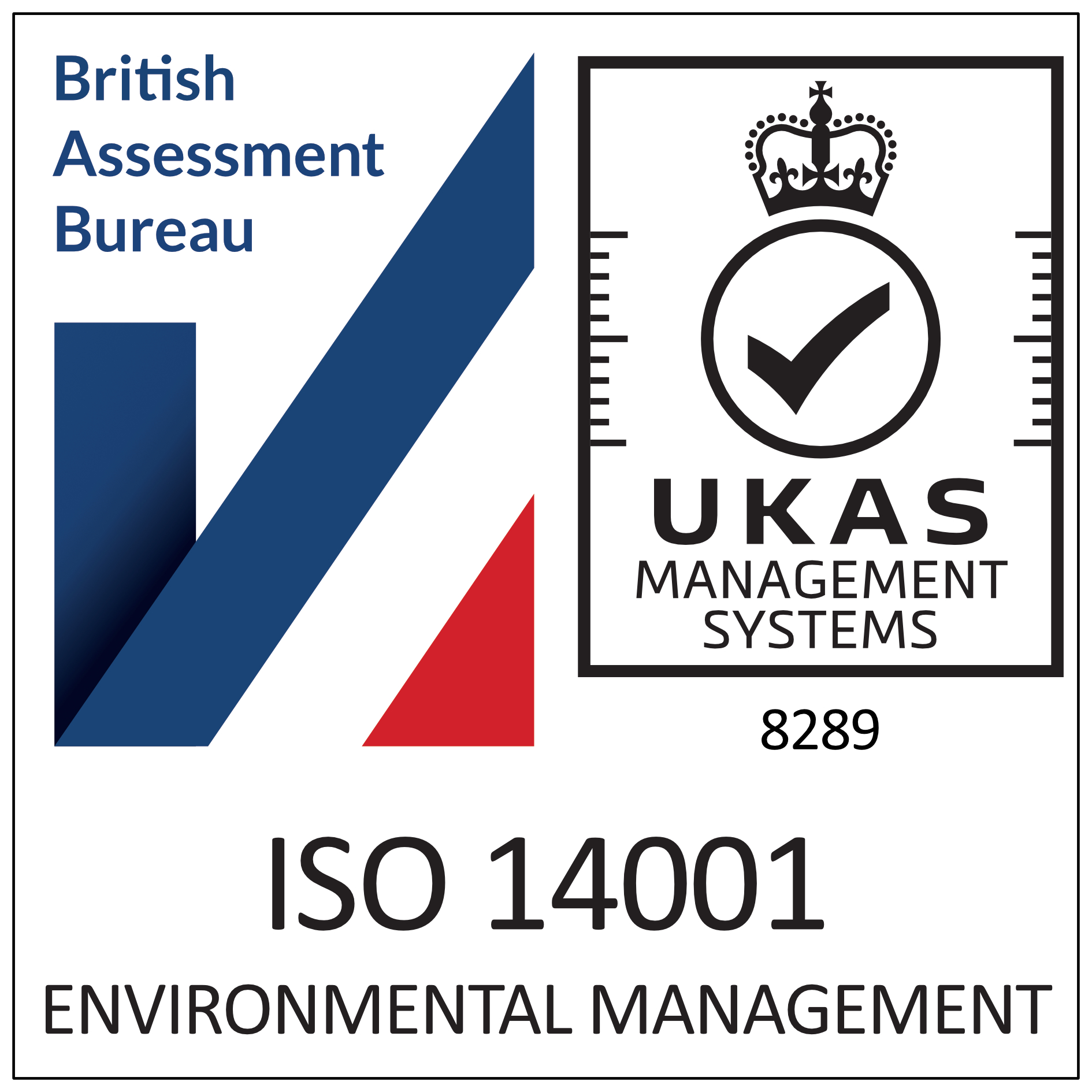Fire Door Testing
Every fire door set sold in the UK must adhere to stringent quality and safety standards in order to ensure the best chance of safety and protection in the event of a fire. Each door and its associated components will be certified, after testing, with a rating which describes how long it will withhold smoke and flames in a single compartment of a building, to allow people to escape and to minimise damage to property should a blaze break out.
Every fire door in Britain must undergo either the British Standard Fire Test BS 476 Part 22 1987, or the BS/EN 1634-1 2000 test. They are carried out by approved agencies which then produce a report containing information such as details of the distortion, pressure readings and construction of the door. These tests also enable fire door manufacturers to apply a numerical fire resistance rating, to indicate the length of time the door will offer protection for.
The entire fire door set must be tested, because it is the set in its entirety that offers protection for life and property. A fire door leaf alone can be useless without a well-fitted door frame, adequate and well-positioned intumescent seals, or appropriate “essential ironmongery” such as hinges, locks, latches and self-closing mechanisms. If a fire door set is tested and allocated a FD60 rating, meaning that it will withhold fire and smoke for one hour, this numerical fire resistance rating will no longer apply if the door leaf is installed without the same accompanying materials and fittings. (Some elements of a fire door set can be used interchangeably without affecting the overall resistance rating of the set, but always check with your installers or manufacturers to make sure that any new components you install will not compromise safety.)
Once a fire door has been tested, it will be awarded a fire resistance rating. These are normally FD30, FD60, FD90 or FD120, which means that they will successfully contain a fire to a single compartment of a building for a minimum of 30, 60, 90 or 120 minutes, which gives people the chance to safely escape, and emergency services the time to arrive. Different types of buildings have different legal requirements in terms of the numerical resistance rating, so it is important to make sure that correctly rated doors are installed. The guidance containing this information is the Building Regulations approved Document B, or alternative information is provided in British Standards documentation.
The ratings a particular fire door set is awarded proves that it will perform its job in an emergency. They only apply when the complete door set is properly installed, or when any parts that have been exchanged have been done so strictly with compatible components only. On top of testing the numerical fire resistance, the test report details the distortion data and the pressure readings related to a fire door set, and any BWF-CERTIFIRE certification awarded to confirm that the door is properly designed and manufactured, of sufficient quality, and that the production of the doors is consistent.








